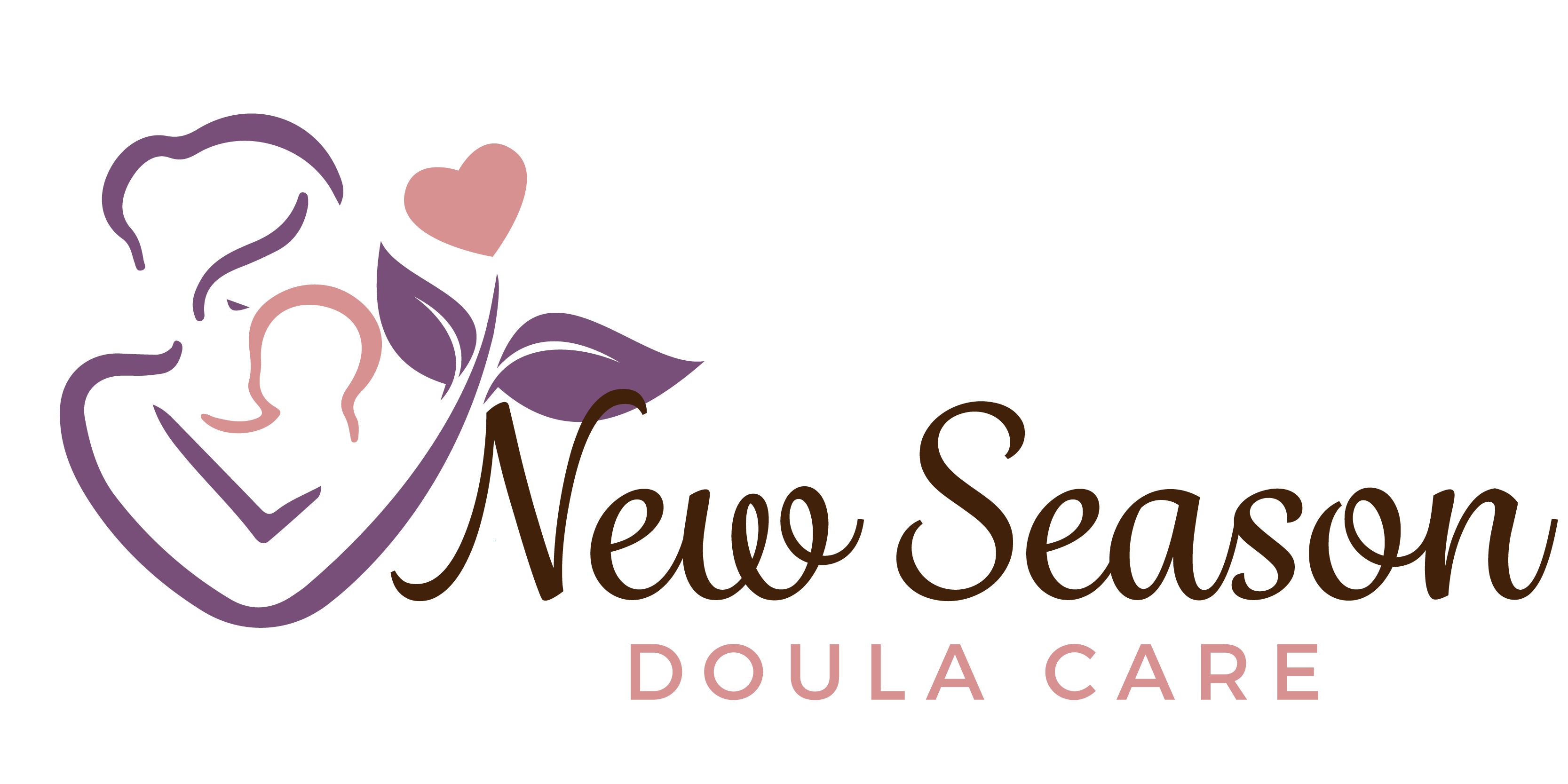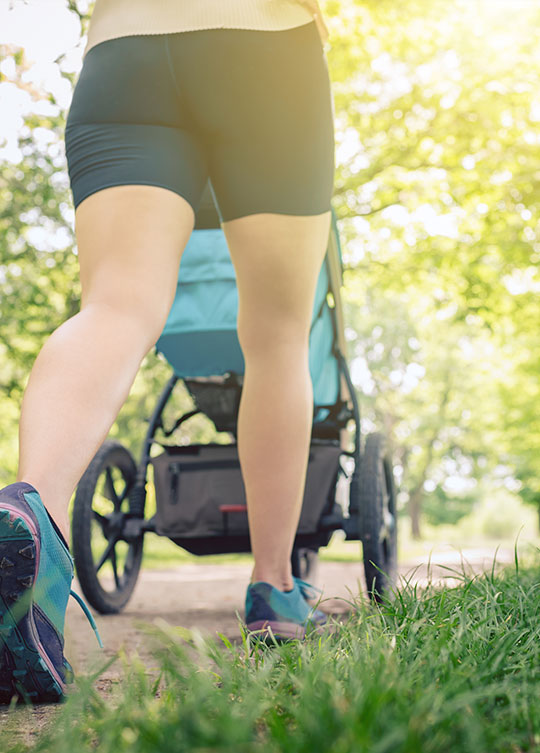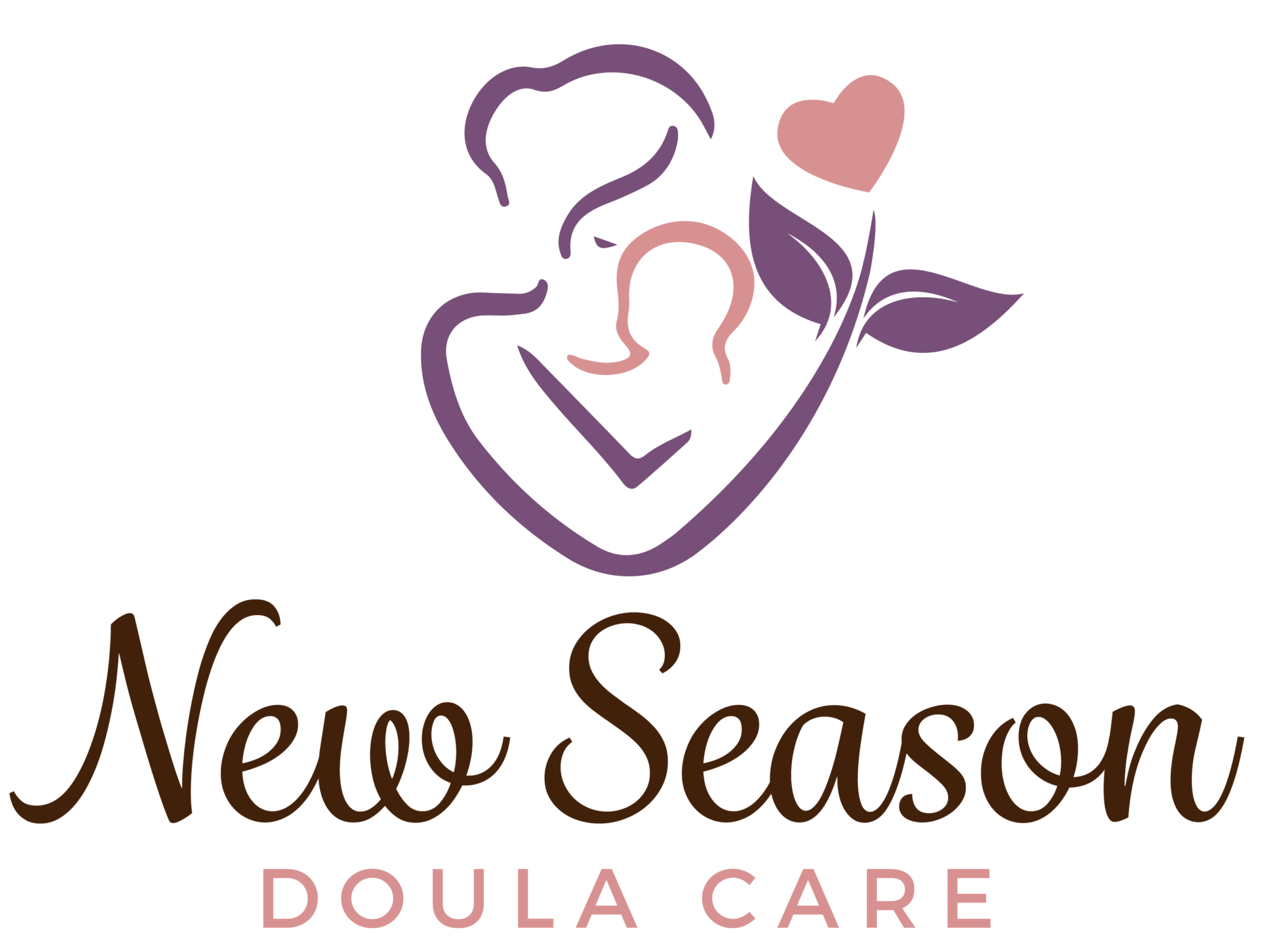“I’ve had a baby – When can I start exercising again?”, “What type of workouts can I do?”, “Can I do the same as I did before pregnancy? Are there any limitations?”
Returning to exercise after having a baby – This is a hot topic and one that comes up a lot with the mama’s I work with. I myself was very keen to start running again after giving birth. I remember all too well the longing to get back to doing something I loved, to be able to feel just a little bit of my old self again that seemed to have been completely lost in this foreign new world of postpartum. While it is so important for us to continue doing activities that we love and that form part of who we are, when it comes to exercise, we do need to take measures to keep our bodies protected so that we can enjoy our favourite sports and physical activities well into the future.
So, what do I mean when I say we need to keep our bodies protected? Well, if you have given birth, just sit on that thought for a moment. You gave birth! Your body spent 10 months or so going through enormous changes to accommodate your growing baby. Your little tiny uterus was stretched to about the size of a large watermelon, your internal organs moved and stretched and shifted, you were saturated in hormones that peaked to the highest levels they ever will, your abdominal muscles have stretched and become underactive to make space for baby, and your pelvic floor has supported all the extra weight of your growing baby.
And that’s just the pregnancy part! Giving birth requires heavy bearing down on your pelvic floor muscles and expulsion of your baby and placenta. If you birthed vaginally, your vagina will have stretched almost to capacity, and regardless of a vaginal birth or a belly birth, your internal organs will have reshuffled a little and may not necessarily be exactly as they were before pregnancy began. What an enormous undertaking!
To make sure you are protecting your wonderful, birthing body as you return to exercise, I have compiled my Top 5 Tips as well as some other important points that will help make it as smooth as transition as possible.
Top 5 tips for a safe and enjoyable return to exercise:
- Kegels – Don’t neglect your pelvic floor! Seriously, it’s been through so much. The very first thing you should be thinking about before anything else is making sure that your pelvic floor is strong again. Your pelvic floor and muscles set the stage for everything else that follows when we start exercising again. If it’s not in check, then you will most likely have problems down the track (think incontinence, pelvic pain, painful sex, prolapse – all the stuff you don’t need to be dealing with). So start doing your Kegels as soon as you can after giving birth to strengthen your pelvic floor again. Also bear in mind that there is such thing (more common than you might think) as an overactive pelvic floor, where the muscles are too tight and always switched on. An overactive pelvic floor can be as troublesome as a weak one, which is why it’s so important to do your pelvic floor exercises correctly. This brings me to my second point.
- Book in for a pelvic floor assessment. A women’s pelvic health specialist will be able to assess the strength of your pelvic floor and identify any problems you may not know you have. While you’re there they will also check your abdominal muscles for any separation (diastasis recti) and tailor a program specific to you so that you can restrengthen the right muscles and meet your exercise goals. Six to twelve weeks postpartum is an ideal time to book in for an assessment, but it’s never too late and you can get assessed even if you had your baby a long time ago.
- Focus on the foundations – Breath, Posture, Strength. Because of all the changes your body has been through, there will now be differences in your spinal alignment. There may be subtle (or not so subtle) differences in your posture, your balance, your strength, and how you move. Even how you breathe may be different to how it was before. Bringing your attention to these areas before starting any strenuous activity and making sure your body is functioning well at these foundations will save you from musculoskeletal problems later. Postnatal yoga classes are great for resetting these foundations and mindful breathing exercises will do wonders for your body too (there are some great apps for these such as the Breathe: relax & focus app).
- Strength before cardio – There is no point getting back into cardio activity without first re-strengthening your core and other relevant muscle groups. Pay particular attention to your deep abdominal muscles and bringing any abdominal separation back together as much as possible. You may need to do a lot of deep abdominal and core strengthening work before it is safe for you to increase the load/intensity of your exercise. Yoga and Pilates are my favourite practices that focus on strengthening your whole body, and postnatal classes by a qualified instructor will make sure you’re not overdoing anything. A Physio or an Osteo can also get you started with the types of exercises you should be doing and can tailor an exercise plan to help you reach your exercise goals.
- Make it a gradual return. Start off slowly, and gradually build back up the time and intensity of your workout. Going too hard too soon increases your risk of injury, and that won’t be a nice pill to swallow when you need to take time out from exercise all over again. If you get injured it can also be quite costly to pay for ongoing rehabilitation, so go slow and enjoy the gradual return.
While it can be tempting to get right back into it again once you are 6-12 weeks postpartum, you will be better off in the long run by giving that amazing body of yours more time to re-adjust after everything it has already accomplished in giving birth. Even though vaginal bleeding may have stopped and your uterus has returned to size, healing is still very much taking place and your body will continue to heal over the next 12 months. It can be helpful to have a longer-term view such as 12-24 months when thinking about returning to your pre-pregnancy strength and fitness levels.
Important points to keep in mind:
- If you are breastfeeding, you are still producing relaxin, a hormone that keeps your joints and ligaments loose. This can increase your risk of injury, especially for high impact activities. This is not a reason to stop breastfeeding but is important to be mindful of, so that you can adjust your workouts if you need to.
- Look after your breasts! Make sure you wear a well-fitted sports bra while exercising, especially if you are breastfeeding. Your bra should provide strong support and preferably not be an underwire bra as this can contribute to blocked ducts and mastitis.
- Be careful not to go too hard too soon. (I think I have kind of covered this already, but I’ll tell you again!) It can feel so good to be back on the pavement, court, gym or field, especially when we are feeling somewhat fit again. But going too hard too soon can set us up for injury and musculoskeletal pain later. It is ideal to wait at least 6 months before resuming high-impact exercises, and even then it’s best to ease back into it, gradually building in duration and intensity. If six months sounds way too long to wait (I get it, you just want to be you again), then speak to your Physio about the best way to manage your return to high impact activities.
- Bring your baby along too! With very little time to yourself these days it can be hard to get out of the house alone to exercise. There are many physical activities you can do that also include your baby, such as walking or running with the pram, Mums and Bubs fitness classes and postnatal yoga classes. You still get to enjoy your workout and your baby will love being involved too.
- Physical movement is going to do wonders for your mental and physical health, so if you are struggling to find the time or energy, or you are just not ready to return to exercise yet, taking moments throughout your day to stretch or move your arms and legs around is still better than nothing at all (you can do simple things while waiting for the kettle to boil or while showering).
- Once your Physio or Osteo has given the all-clear to resume exercise, some low impact activities you might enjoy can include walking, swimming, bike riding, yoga or pilates.
- High impact activities are things like running, jumping, netball, basketball, football – anything that involves two feet coming off the ground at the same time – and should be returned to after 6 months or so of gradually building your strength and stamina with low impact exercises, and given the all-clear by a qualified health professional.
- Certain activities such as weight training and deep squats are not necessarily high-impact, but they can place a heavy load on your pelvic floor and should be avoided in the first few months after giving birth. Again, your physio can assess your strength and guide you with an exercise plan that will have you back in good form without adding any harmful stress to your body.
And finally, remember there is not a “one-size-fits-all” approach to returning to exercise. Every mama’s body is different and there will be many factors that determine when someone can return to exercise (your pre-pregnancy fitness levels, how you gave birth, how you are sleeping, any birth injuries you sustained, your body shape and size and genetic factors to name a few). So just because someone else is back at the gym 3 months postpartum doesn’t mean that you need to be at that same level. Focus on you, and your health will be all the better for it.



